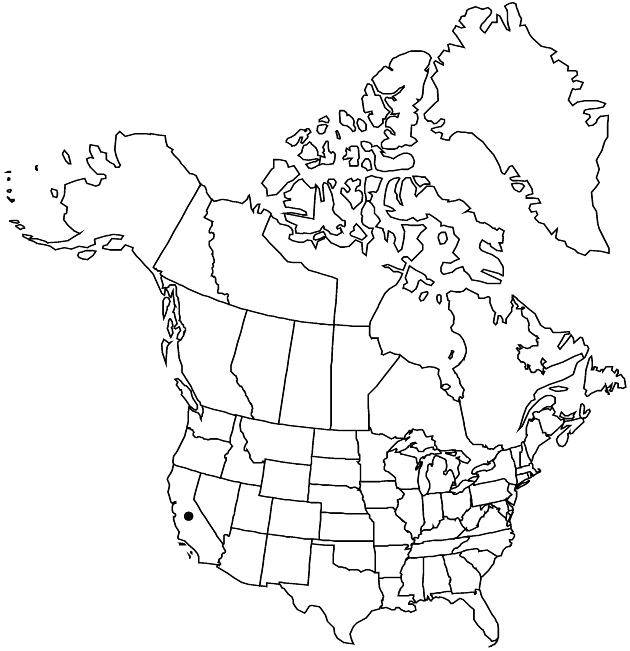Difference between revisions of "Senecio astephanus"
Pittonia 1: 174. 1888.
EndemicConservation concern
FNA>Volume Importer |
imported>Volume Importer |
||
| (6 intermediate revisions by 2 users not shown) | |||
| Line 6: | Line 6: | ||
|place=1: 174. 1888 | |place=1: 174. 1888 | ||
|year=1888 | |year=1888 | ||
| + | }} | ||
| + | |special_status={{Treatment/ID/Special_status | ||
| + | |code=E | ||
| + | |label=Endemic | ||
| + | }}{{Treatment/ID/Special_status | ||
| + | |code=C | ||
| + | |label=Conservation concern | ||
}} | }} | ||
|basionyms= | |basionyms= | ||
| Line 24: | Line 31: | ||
|distribution=Calif. | |distribution=Calif. | ||
|discussion=<p>Of conservation concern.</p><!-- | |discussion=<p>Of conservation concern.</p><!-- | ||
| − | --><p>Senecio astephanus is collected infrequently.</p> | + | --><p><i>Senecio astephanus</i> is collected infrequently.</p> |
|tables= | |tables= | ||
|references= | |references= | ||
| Line 33: | Line 40: | ||
-->{{#Taxon: | -->{{#Taxon: | ||
name=Senecio astephanus | name=Senecio astephanus | ||
| − | |||
|authority=Greene | |authority=Greene | ||
|rank=species | |rank=species | ||
| Line 47: | Line 53: | ||
|publication title=Pittonia | |publication title=Pittonia | ||
|publication year=1888 | |publication year=1888 | ||
| − | |special status= | + | |special status=Endemic;Conservation concern |
| − | |source xml=https:// | + | |source xml=https://bitbucket.org/aafc-mbb/fna-data-curation/src/2e0870ddd59836b60bcf96646a41e87ea5a5943a/coarse_grained_fna_xml/V19-20-21/V20_1221.xml |
|tribe=Asteraceae tribe Senecioneae | |tribe=Asteraceae tribe Senecioneae | ||
|genus=Senecio | |genus=Senecio | ||
Latest revision as of 19:59, 5 November 2020
Perennials, 40–100 cm (caudices unknown). Herbage unevenly floccose-lanate or tomentose, glabrescent. Stems single. Leaves progressively reduced distally; petiolate; blades elliptic-ovate to lanceolate, 10–20(–30?) × 3–7+ cm, bases tapered, margins dentate to denticulate (teeth cartilaginous; mid leaves similar, sessile, smaller; distal leaves bractlike). Heads 10–20+ in loose or congested, cymiform arrays. Calyculi of 5–8+ lance-linear to filiform bractlets (lengths 1/3–7/8 phyllaries). Phyllaries ± 21, 7–8 mm, tips greenish. Ray florets 0. Cypselae glabrous. 2n = 40.
Phenology: Flowering spring.
Habitat: Steep, rocky slopes
Elevation: 400–1500 m
Discussion
Of conservation concern.
Senecio astephanus is collected infrequently.
Selected References
None.
Lower Taxa
None.
